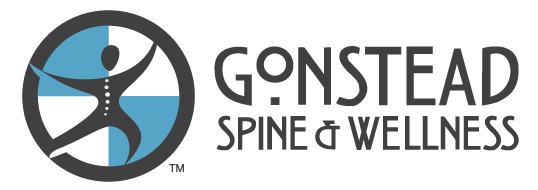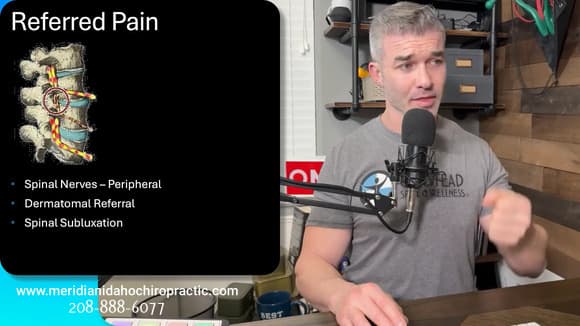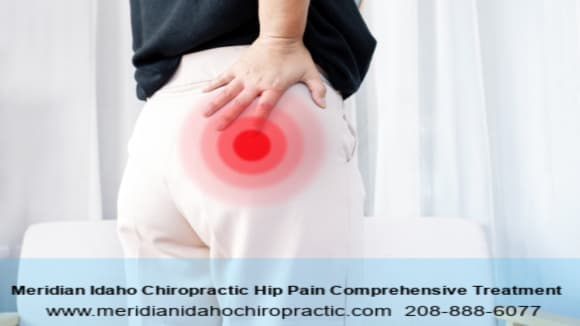Understanding Hip Pain Treatment: A Comprehensive Guide
Hip pain treatment isn’t one-size-fits-all. In this blog, we will explore the various causes of hip pain and how to differentiate them, empowering you with the knowledge necessary for effective treatment. Join me, Dr. Todd Pickman, as we delve into the world of hip pain and its solutions.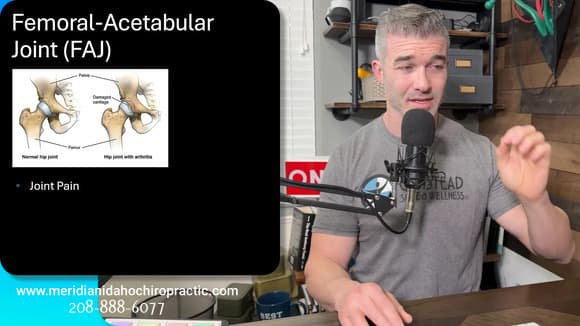





Table of Contents
- Introduction to Hip Pain
- The Impact of Postural Distortions
- Spinal Subluxation and Its Connection to Hip Pain
- Postural Corrections for Hip Pain Relief
- Comprehensive Assessment and Treatment Solutions
- FAQs about Hip Pain Treatment
Introduction to Hip Pain Treatment
Hip pain is a common complaint that can significantly impact daily activities. Understanding its origins is crucial in guiding effective hip pain treatment. The hip is a complex joint, and pain may arise from various sources, including the joint itself, surrounding muscles, or even referred pain from other areas of the body.Defining Hip Pain
Defining hip pain requires pinpointing the exact location of discomfort. Many patients mistakenly identify pain in other areas, such as the lower back or buttocks, as hip pain. It’s essential to accurately assess the source of the pain to determine the most appropriate treatment.
The Femoro-Acetabular Joint (FAJ)
The femoral-acetabular joint (FAJ) is the primary ball-and-socket joint in the hip. This joint connects the head of the femur, or thigh bone, with the acetabulum, a cup-shaped socket in the pelvis. When functioning correctly, this joint allows for a wide range of motion. However, issues can arise, leading to pain and dysfunction. Over time, wear and tear can lead to osteoarthritis, characterized by joint degeneration and pain. Understanding the mechanics of the FAJ is crucial for identifying potential problems and implementing effective hip pain treatment strategies.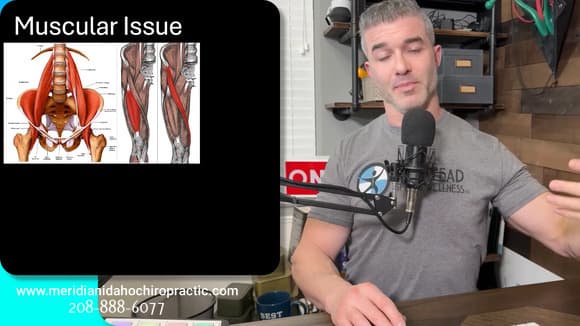
Muscular Issues: The Role of Hip Flexors and Rotators
Muscular imbalances play a significant role in hip pain. The hip flexors, including the iliopsoas and iliacus, are crucial for lifting the leg and stabilizing the pelvis. Overuse or weakness in these muscles can lead to tightness and discomfort. Additionally, the hip rotators, particularly the piriformis muscle, can contribute to pain when they become overactive or fatigued. If the primary hip extensor, the gluteus maximus, is not engaged effectively, these smaller muscles may compensate, leading to fatigue and discomfort. Strengthening the glutes and improving overall muscle activation can help alleviate pain stemming from these muscular issues.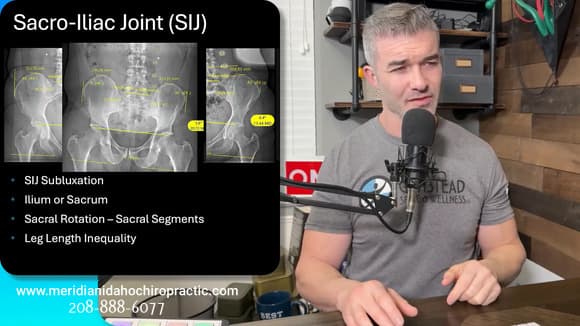
Understanding Sacroiliac Joint (SIJ) Pain
The sacroiliac joint (SIJ) connects the pelvis to the sacrum and plays a critical role in hip function. Dysfunction in this joint can lead to pain that mimics hip discomfort. Factors such as trauma, misalignment, or excessive movement can cause the SIJ to become a source of pain. It’s essential to assess the SIJ thoroughly, as misalignments can often be corrected through targeted chiropractic adjustments, providing significant relief to those suffering from hip pain.Referred Pain from the Lumbar Spine
Pain can often be referred from the lumbar spine to the hip region, complicating diagnosis. The nerves exiting the lumbar spine control various areas of the lower body. Irritation or compression in these nerves can manifest as hip pain, leading to confusion regarding the actual source of discomfort. Conditions such as disc herniations or spinal subluxations may require careful evaluation and treatment to alleviate referred pain. Addressing the underlying spinal issues can significantly improve hip pain symptoms.The Impact of Postural Distortions
Postural distortions can significantly affect hip pain treatment. When the body is misaligned, it creates unequal loading across the joints. This asymmetrical loading can lead to various issues, including pain and dysfunction in the hips. Understanding how your posture affects your body is crucial. For example, if your head is positioned too far forward, it can alter the alignment of the spine, pelvis, and hips. This misalignment can lead to compensatory patterns that exacerbate hip pain. In our clinic, we utilize specific assessments to identify these postural distortions. Correcting these issues can help restore balance and alleviate hip pain.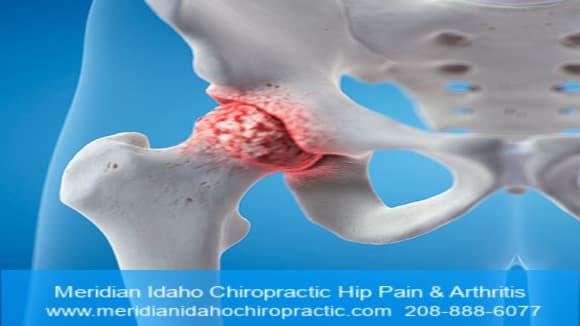
Arthritis and Joint Health
Arthritis, particularly osteoarthritis, is a common cause of hip pain. It results from wear and tear on the joint, leading to inflammation and discomfort. When assessing hip pain, it’s essential to evaluate the condition of the femoroacetabular joint. Osteoarthritis can develop due to mechanical issues, such as improper alignment or joint centration. If the head of the femur is not seated correctly in the acetabulum, it can lead to accelerated wear on the cartilage. This degradation can cause pain and limit mobility. Addressing arthritis involves a multifaceted approach, including strengthening surrounding muscles, improving joint mobility, and possibly incorporating dietary changes to support joint health.Muscle Imbalances and Lower Cross Syndrome
Muscle imbalances play a critical role in hip pain. One common condition is a lower cross syndrome, characterized by weak abdominal and gluteal muscles paired with tight hip flexors and lower back muscles. This imbalance can lead to poor posture and increased strain on the hip joint. In lower cross syndrome, the weak muscles fail to stabilize the pelvis effectively, allowing for excessive movement in the hip joint. Strengthening the glutes and abdominals while addressing the tightness in the hip flexors is vital for restoring balance and function. Treatment may include targeted exercises to strengthen weak muscles, along with stretching routines to alleviate tightness. Correcting these imbalances can significantly reduce hip pain and improve overall movement quality.Joint Centration and Its Importance
Joint centration is crucial for maintaining a healthy hip joint. Proper alignment allows the head of the femur to sit comfortably within the acetabulum, reducing the risk of pain and injury. When joint centration is compromised, the hip can become decentrated, increasing wear and tear. Promoting balance between the hip flexors and extensors is essential to achieve joint centration. This can be accomplished through specific glute strengthening exercises while releasing tension in tight hip flexors. Focusing on joint centration can help patients regain proper alignment and reduce the likelihood of developing hip pain in the future.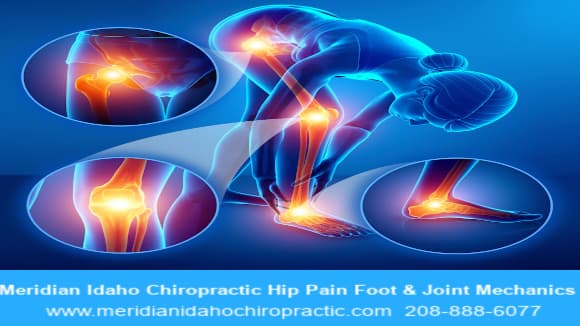
Foot Mechanics and Hip Stability
Foot mechanics are integral to hip stability. The foot should maintain a healthy arch, as flat feet can lead to a chain reaction of issues up the kinetic chain. When the foot pronates, it can cause the lower leg to rotate outward, affecting the alignment of the femur and hip joint. Addressing foot mechanics involves evaluating the arch and assessing for any pronation issues. Custom orthotics or specific exercises may be recommended to restore proper foot function, which can alleviate hip pain by enhancing overall stability. Maintaining proper foot mechanics is vital for hip health and should not be overlooked when assessing hip pain.Leg Length Inequality: Understanding Its Effects
Leg length inequality can significantly impact hip alignment and function. When one leg is shorter than the other, it can lead to pelvic tilting, affecting the entire spine and hip joint. This misalignment can create compensatory patterns that result in pain and dysfunction. Evaluation of leg length should include both static and dynamic assessments. In some cases, a lift may be needed in the shoe of the shorter leg to help level the pelvis and restore proper alignment. Recognizing and addressing leg length inequality is crucial in a comprehensive hip pain treatment plan. By ensuring equal load distribution across the pelvis and spine, we can help alleviate discomfort and improve function.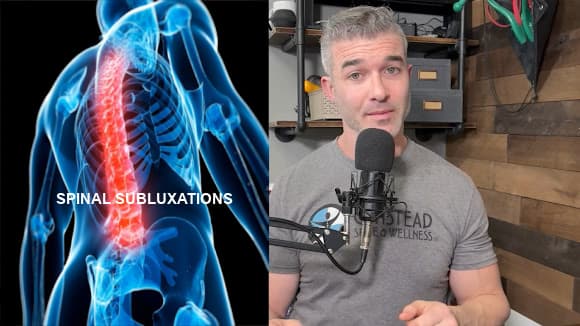
Spinal Subluxation and Its Connection to Hip Pain
Spinal subluxation can play a crucial role in hip pain treatment. When vertebrae in the spine misalign, they can cause nerve interference, leading to pain that might be felt in the hip. This is often due to the intricate relationship between spinal nerves and the lower body. These misalignments can create a domino effect, causing muscles and joints in the hip to function improperly. For instance, if a lumbar vertebra shifts out of place, it may irritate a nerve root that supplies sensation to the hip area, resulting in referred pain. Recognizing and addressing spinal subluxations is essential for effective hip pain treatment.Identifying Subluxation
Identifying subluxation requires a thorough examination, often involving imaging techniques like X-rays. This allows practitioners to see the exact nature of the misalignment and its impact on the surrounding structures. A comprehensive assessment will guide targeted treatment strategies to restore proper alignment and alleviate pain.Chiropractic Interventions
Chiropractic adjustments aim to realign the spine, reducing nerve irritation and improving overall function. Regular adjustments can help maintain spinal health and prevent the recurrence of hip pain associated with subluxations. Chiropractic care can significantly enhance the healing process in conjunction with other treatment modalities.Postural Corrections for Hip Pain Relief
Postural corrections are vital for effective hip pain treatment. Poor posture can lead to uneven loading on the hips, exacerbating pain and dysfunction. By addressing postural distortions, we can help restore balance and alleviate strain on the hip joints.Understanding Postural Distortions
Postural distortions occur when the body’s alignment is disrupted, often due to prolonged sitting or improper ergonomics. These distortions can lead to asymmetrical loading on the hips, causing pain and discomfort. Recognizing these patterns is the first step in implementing effective corrective measures.Corrective Strategies
- Strength Training: Strengthening weak muscles while stretching tight ones can help restore proper alignment.
- Ergonomic Adjustments: Modifying workstations and daily habits to promote better posture can significantly reduce hip strain.
- Mindful Movement: Incorporating movements that encourage proper hip mechanics into daily routines can help reinforce good posture.
Comprehensive Assessment and Treatment Solutions
A comprehensive assessment is crucial for developing an effective hip pain treatment plan. This involves evaluating the hip joint and surrounding structures and their relationship to the spine and pelvis. A thorough understanding of these connections allows for targeted interventions.Assessment Techniques
Assessment techniques may include physical exams, functional movement screenings, and imaging studies. These evaluations help identify the underlying causes of hip pain, whether they stem from joint dysfunction, muscular imbalances, or postural issues.Developing a Treatment Plan
Once the assessment is complete, a tailored treatment plan can be developed. This may include:- Manual Therapy: Chiropractic adjustments, myofascial release, and trigger point therapy can alleviate pain and restore function.
- Rehabilitation Exercises: Targeted exercises to strengthen weak muscles and improve flexibility are essential for recovery.
- Education: Empowering patients with knowledge about their condition and self-care strategies fosters active participation in their healing journey.
FAQs about Hip Pain Treatment
What are the common causes of hip pain?
Common causes of hip pain include arthritis, tendonitis, muscular imbalances, and referred pain from the lumbar spine. Identifying the specific cause is crucial for effective treatment.How can chiropractic care help with hip pain?
Chiropractic care can help alleviate hip pain by correcting spinal misalignments, improving joint function, and reducing nerve irritation. Regular adjustments can enhance mobility and promote overall wellness.What exercises are beneficial for hip pain relief?
Exercises that strengthen the glutes, improve hip flexor flexibility, and enhance overall hip stability are beneficial. A physical therapist or chiropractor can recommend specific exercises tailored to individual needs.Is surgery necessary for hip pain treatment?
Surgery is typically considered a last resort when conservative treatments fail. Many patients experience significant improvement through non-invasive methods, including chiropractic care, physical therapy, and lifestyle modifications. In conclusion, understanding the multifaceted nature of hip pain is essential for effective treatment. We can significantly improve hip pain outcomes by addressing spinal health, correcting posture, and implementing a comprehensive assessment and treatment plan. Remember, your body has the innate ability to heal, and with the right approach, you can reclaim your mobility and quality of life.Hip Pain Chiropractic Treatment In Meridian, Idaho
Hip Pain Chiropractic Treatment In Meridian, Idaho At Gonstead Spine & Wellness, we specialize in precise chiropractic care to address the root causes of hip pain. Call us today at (208) 888-6077 to schedule your consultation and start your journey to relief.
Click To Contact